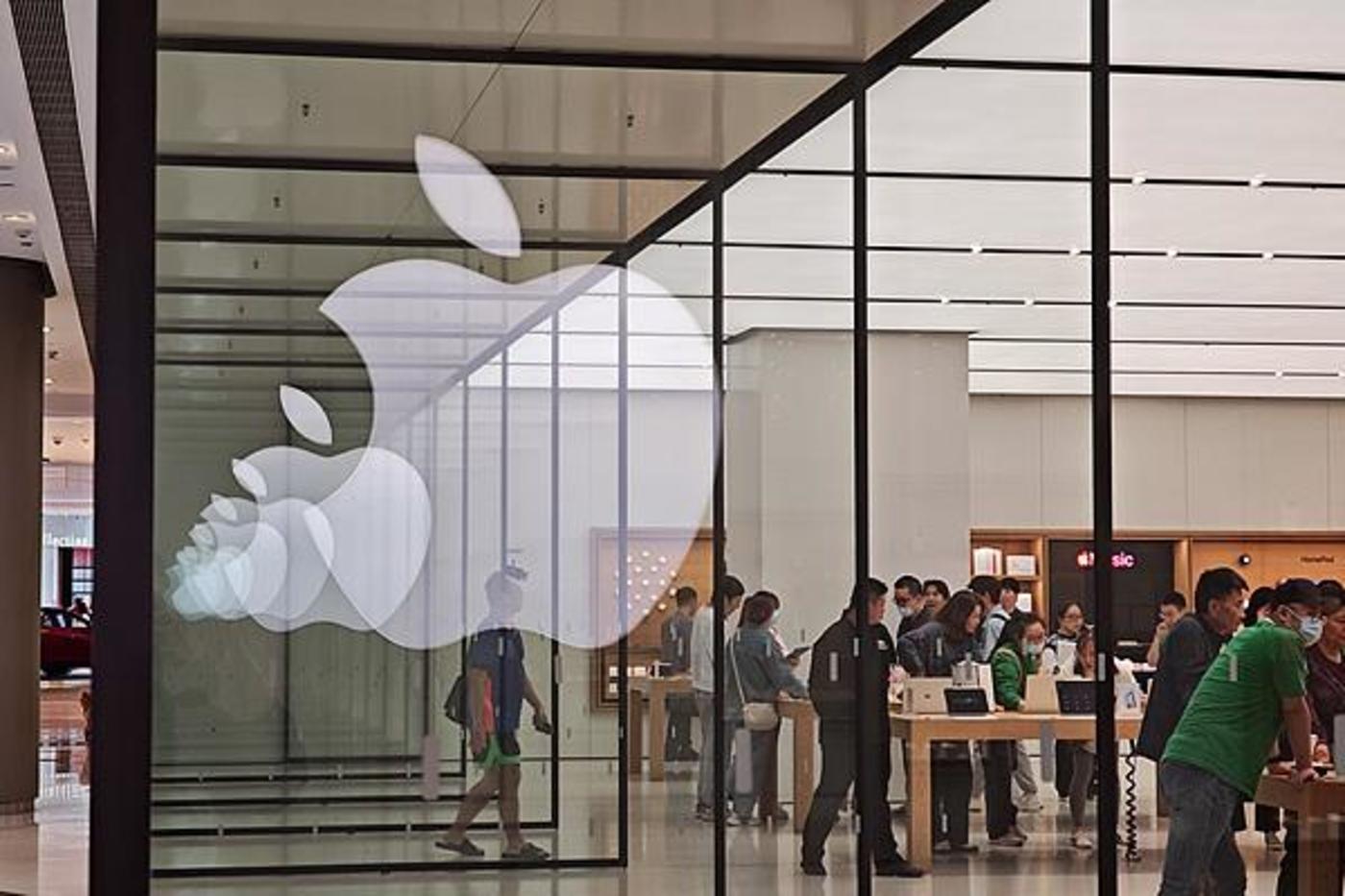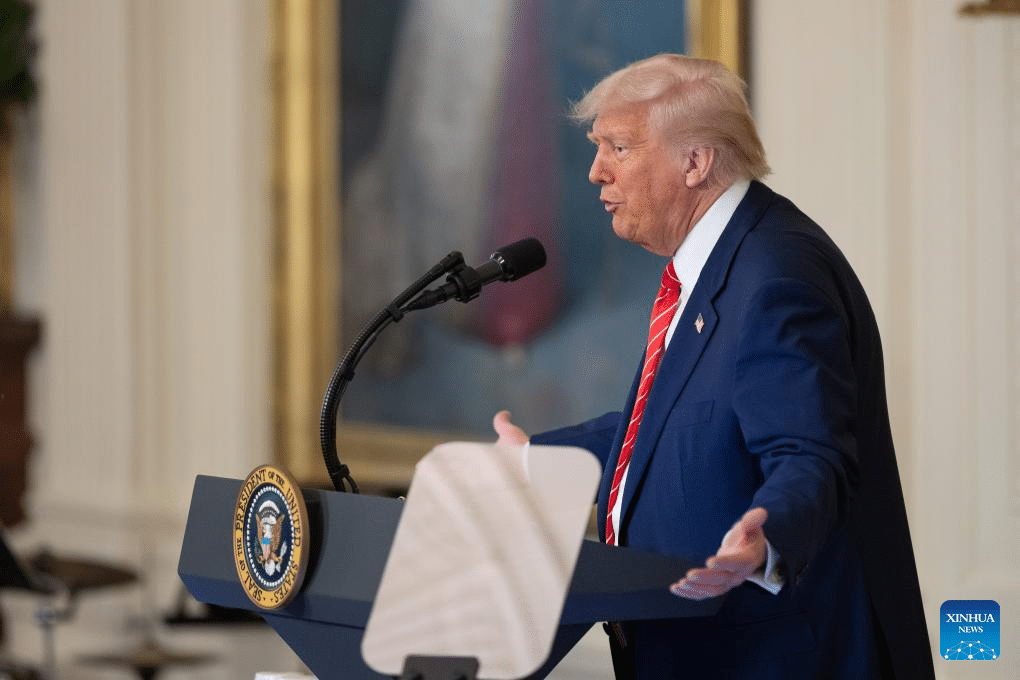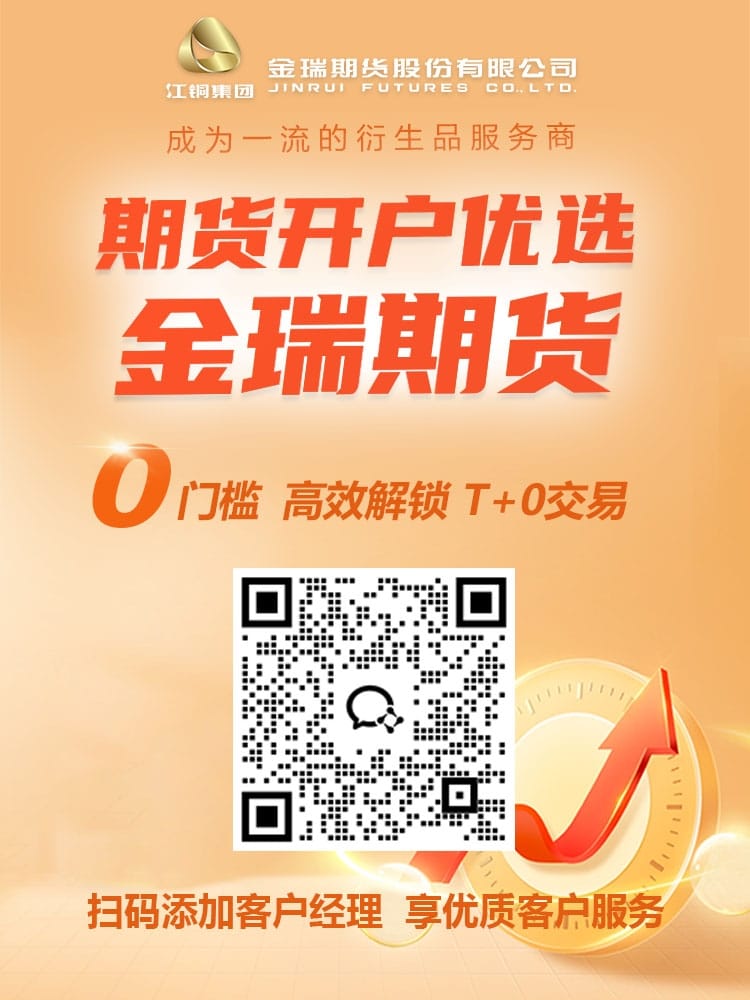
Credit: CFP
TMTPOST -- A sleek, 200-gram iPhone is more than a piece of premium consumer tech—it's the product of a sprawling, hyper-optimized global supply chain.
Chips from Taiwan's TSMC, OLED displays from South Korea, camera modules from Japan, and final assembly in China or Southeast Asia—all converge before the device lands in the hands of millions of consumers around the world.
But that model, built on decades of globalization, is once again under geopolitical pressure.
On May 12, the U.S. and China jointly announced a mutual suspension of select additional tariffs, effective by May 14. The move marks a temporary pause in a month-long economic standoff that's sent Apple shares on a rollercoaster ride since Donald Trump floated a new round of "reciprocal tariffs" on April 2.
While the political fog temporarily clears, the episode offers a chance to revisit Apple's supply chain strategy—how the company, often dubbed the "master of supply chains," has navigated geopolitical headwinds before, and what lies ahead as Washington and Beijing recalibrate economic ties.
Is a "Made in America" iPhone Still a Fantasy?
Back in 2011, then-President Barack Obama famously asked Steve Jobs whether iPhones could be made in the U.S. Jobs' answer was blunt: "No."
That message hasn't changed much over the years. In 2012, CEO Tim Cook launched a $3,000 Mac project in Austin, Texas, touting it as "assembled in America." But production hit delays—reportedly due to a shortage of screws. Apple was forced to turn to Chinese suppliers, underscoring just how dependent the company remained on overseas manufacturing infrastructure.
"In the U.S., I can't even guarantee a full room of mold engineers," Cook later said. "In China, that meeting would fill several football fields."
Today, despite billions in domestic investment commitments, Apple remains cautious in public messaging about moving large-scale iPhone production back to the U.S. As tech outlet 404 Media put it, the idea of a U.S.-made iPhone remains "a pipe dream."
Cook's Crisis Playbook: Lobbying, Diversifying, and Balancing Beijing
Apple was largely shielded from the worst of the 2018–2019 U.S.-China trade war thanks to a two-pronged strategy led by Tim Cook: aggressive lobbying in Washington and quiet, long-term diversification of its manufacturing base.
While many Silicon Valley CEOs distanced themselves from Donald Trump, Cook kept the lines open. He framed Apple as a patriotic success story, pledging $55 billion in annual U.S. supplier spending and creating 20,000 jobs over five years.
By 2019, Trump's rhetoric toward Apple had softened. Though he continued pushing for more U.S.-based production, Apple managed to secure tariff exemptions earlier than most tech firms, notably for products like the Apple Watch and AirPods.
Behind the scenes, Cook also worked to ensure that iPhones assembled in China were excluded from a $250 billion tariff list—critical protection for Apple's core business. As of today, nearly half of Apple's supplier facilities are still in mainland China.
Cook's balancing act is delicate: appease Washington without alienating Beijing. That approach continues in 2025. According to The Washington Post, Cook recently spoke with Commerce Secretary Howard Lutnick about potential price hikes tied to tariffs. Not long after, smartphones and other electronics were temporarily exempted from the new tariff wave—giving Apple valuable breathing room.
Shifting the Factory Floor: India, Brazil, and Beyond
Still, Apple isn't leaving things to chance. The company has expanded production to Brazil—launching iPhone 16e manufacturing there—and airlifted over 1.5 million units from India to the U.S. in recent weeks to stay ahead of potential supply shocks.
Tim Cook also announced a $500 billion U.S. investment plan, including a new AI and server-focused plant in Houston.
But officials remain firm on reshoring production. "To make iPhones, millions of screws are tightened by hand," Commerce Secretary Lutnick said. "Once jobs shift to the U.S., they'll be automated. America's skilled technical workers will handle the rest."
Yet automation isn't a panacea for Apple's complex, labor-intensive manufacturing process.
Apple analyst Ming-Chi Kuo recently warned that if Apple doesn't raise prices, its overall gross margin could fall by up to 9%. Despite tariff cuts on Chinese-made Apple goods from 145% to 20%, the company faces a restructuring headache with unpredictable cost implications.
According to Reuters, Apple aims to shift most iPhone production for the U.S. market to India by 2026. Currently, 80% of the 60 million iPhones sold annually in the U.S. are made in China.
Inside the "Apple Supply Chain" Playbook
Apple's modern supply strategy began taking shape in the early 2010s. The company started dual-sourcing production between Foxconn and Pegatron, and in 2017, it began small-scale manufacturing in India.
Since 2018, Apple has implemented a "3+3" rule: for each product, it must have three Chinese suppliers and three non-Chinese ones. The aim is to reduce single-point dependencies and better hedge geopolitical risk.
Key milestones include:
· 2019: 25% of Foxconn's production moved outside China.
· 2020: 30% of AirPods production shifted to Vietnam.
· 2022: iPhone 14 production began in India.
· 2023: MacBook assembly launched in Vietnam.
Even the much-delayed U.S.-assembled Mac Pro remains a symbol of compromise—built in Austin to avoid tariffs but still dependent on a global supply web.
While the trade chess game plays out at high levels, consumers are increasingly feeling the consequences.
Dan Krassenstein, a global supply chain expert, warned that the real losers of the trade war are ordinary workers—both in Chinese factories and on America's retail frontlines.
In China, it's the migrant laborers putting in 60-hour weeks to support families. In the U.S., it's blue-collar workers confronting rising prices for goods once deemed affordable.
"With disrupted supply chains and few alternatives, Americans are being forced to choose between a baby stroller or a frying pan," said Krassenstein. "Both might now cost twice as much."
For now, Apple's supply chain remains unmatched in scale and efficiency. But as Washington pushes for reindustrialization and geopolitical tensions simmer, Apple faces a complex recalibration.
Will iPhones in American pockets soon carry a different origin label? Will the product cycle slow? Will prices rise?
Those answers may not come immediately—but the next chapter of Apple's global supply chain story is already being written.




























